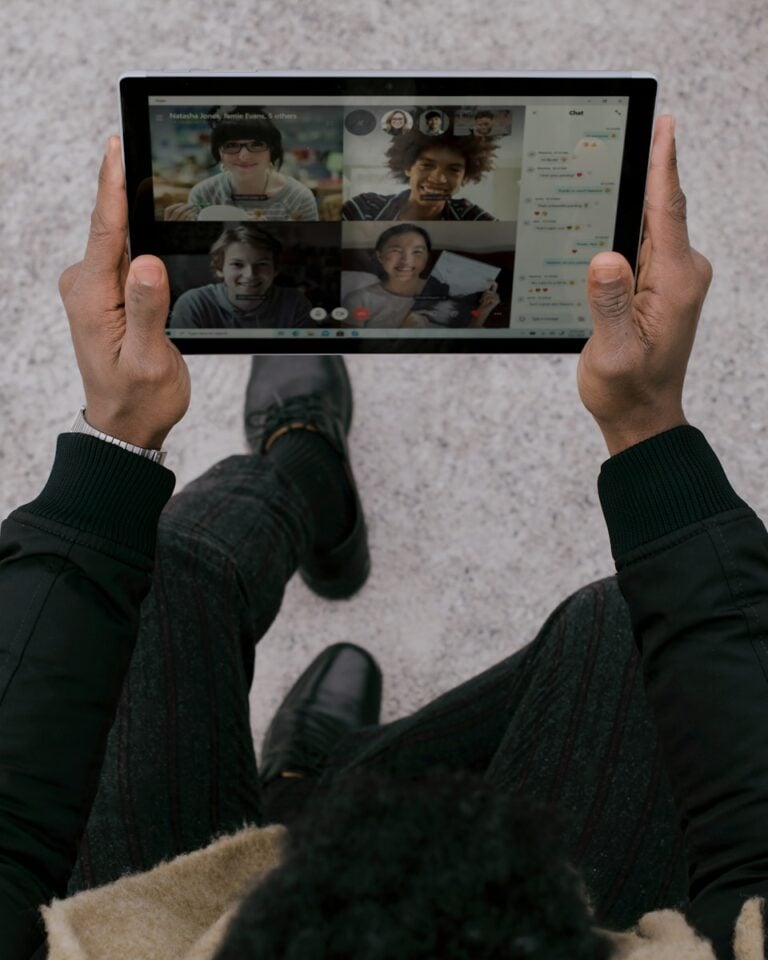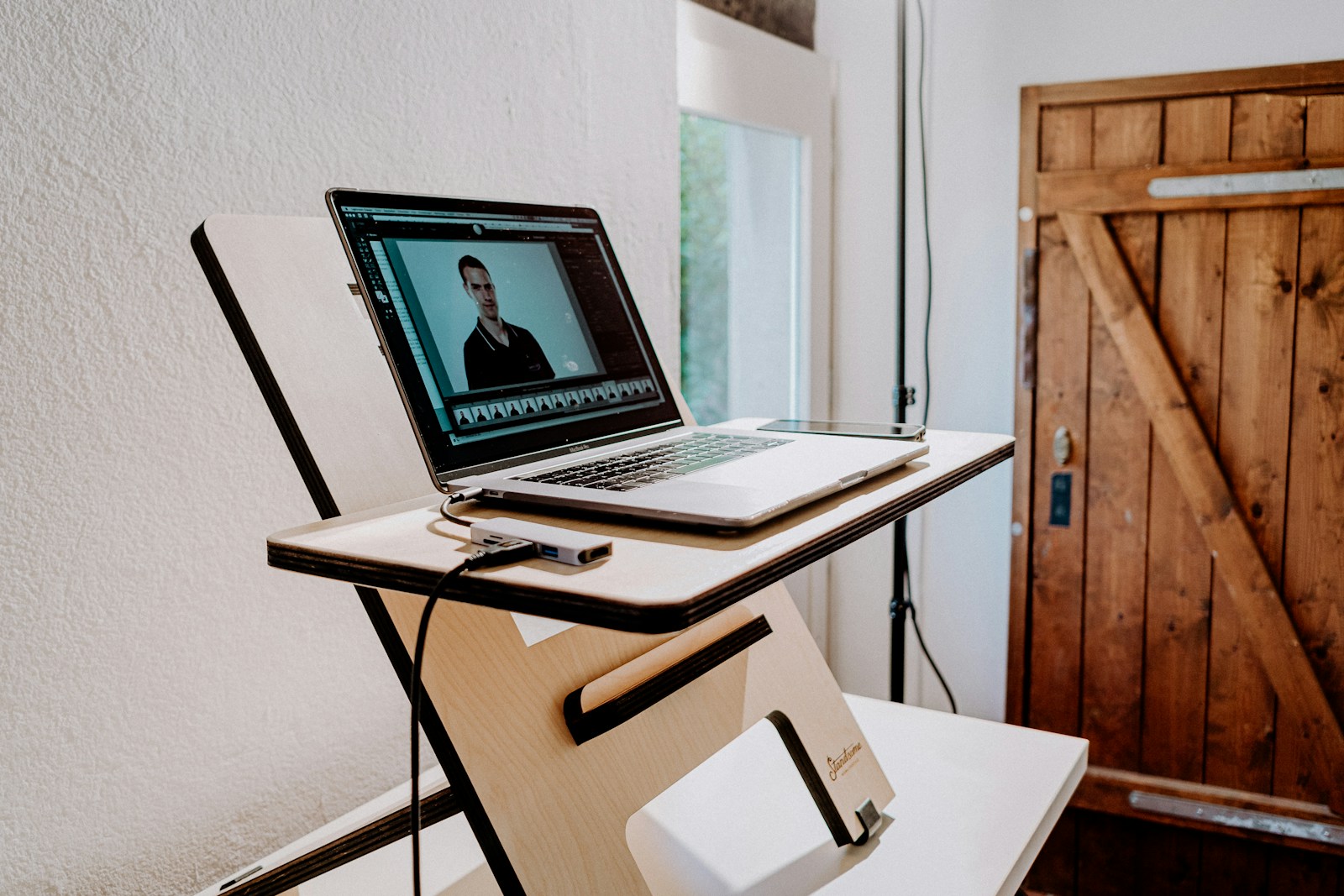At a Glance
Navigating the world of video conferencing has become essential for professional success. By preparing your environment effectively, choosing the right tools, enhancing communication skills, and troubleshooting common issues, you can ensure productive and engaging virtual meetings.
In today’s digital age, mastering the art of video conferencing is crucial for achieving professional success. As remote work becomes increasingly prevalent, understanding how to conduct effective video conferences can set you apart in your career. This article delves into the strategies you need to optimize your video conferencing experience. We will explore how to prepare your environment, select the appropriate technology, enhance your communication skills, and troubleshoot common issues, all while focusing on the long-tail keyword “effective video conference tips for professional success.”
Preparing Your Environment for Video Conferences
Creating an optimal environment for video conferencing is critical to maintaining professionalism and productivity. Begin by selecting a quiet and well-lit space. Natural light is preferable, as it provides a clear and flattering representation on camera. If natural light is insufficient, consider investing in quality artificial lighting to illuminate your face evenly, minimizing shadows and enhancing image quality. Ensure that your background is tidy and free of distractions, reflecting a professional atmosphere that mirrors your work ethic.
Next, consider ergonomics and comfort. Position your camera at eye level to maintain eye contact and create a more engaging interaction. Utilize a stable desk or table rather than a laptop on your lap, which can cause shaky video. Choose a comfortable chair that supports good posture, as long meetings can lead to discomfort if not properly seated. Reducing physical strain allows you to focus more on the content of the meeting rather than your physical well-being.
Finally, inform those around you of your meeting schedule to minimize interruptions. Use “do not disturb” signs or notifications to remind family members or roommates of your need for a distraction-free environment. If you have pets, ensure they are settled or in another room during your calls. By establishing a dedicated and interruption-free space, you enhance your ability to participate fully and professionally during video conferences.
Choosing the Right Technology and Tools
Selecting the appropriate technology is essential for ensuring a seamless video conference experience. Start by choosing a reliable platform that suits your needs. Popular options include Zoom, Microsoft Teams, and Google Meet, each offering unique features such as breakout rooms, screen sharing, and chat functions. Evaluate these platforms based on your specific requirements, such as the number of participants, security features, and integration with other tools.
Invest in quality audio and video equipment to enhance the clarity of your communication. A high-definition webcam and a noise-canceling microphone can significantly improve the quality of your video conferences. Built-in laptop cameras and microphones may lack the fidelity needed for professional meetings, so external devices are recommended. Test your setup before each meeting to ensure everything is functioning correctly and make adjustments as necessary.
Don’t overlook the importance of a stable internet connection. A wired connection is often more reliable than Wi-Fi, reducing the likelihood of lag or disconnection during important meetings. If a wired connection is not possible, position yourself near your router and minimize other network traffic to maintain a strong signal. Be proactive by running speed tests and addressing any connectivity issues ahead of time to ensure smooth and uninterrupted communication.
Enhancing Communication and Engagement Skills
Effective communication and engagement are pivotal for successful video conferences. Begin by practicing active listening, which involves fully concentrating, understanding, and responding thoughtfully to your conversation partner. This not only demonstrates respect and professionalism but also facilitates more meaningful dialogue. Use non-verbal cues such as nodding and maintaining eye contact to show attentiveness and understanding.
Clarity and conciseness in your speech are equally important. Be mindful of your tone, pace, and volume to ensure your message is conveyed effectively. Avoid jargon or overly complex language, as this can lead to misunderstandings or disengagement. When possible, use visuals such as slides or infographics to supplement your points and keep participants engaged. These tools can help illustrate complex ideas and maintain interest throughout the meeting.
Facilitate interaction and participation by encouraging questions and feedback. Use features like polls or breakout rooms to foster collaborative discussions and ensure everyone has a chance to contribute. Acknowledge and address input from participants promptly, creating an inclusive environment. By actively engaging with your audience, you enhance the value and productivity of your video conferences.
Troubleshooting Common Video Call Issues
Even with thorough preparation, technical issues can arise during video conferences. Familiarize yourself with common problems and their solutions to minimize disruption. Poor video quality, for instance, can often be resolved by adjusting your webcam settings or improving lighting conditions. If the issue persists, check your internet connection and consider reducing video resolution to improve performance.
Audio problems such as echo or feedback can typically be addressed by using headphones or muting microphones when not speaking. Ensure your audio settings are correctly configured and test them before the meeting. If you encounter persistent audio issues, check for software updates or try using a different device to isolate the problem.
Connectivity issues are another frequent concern. If you experience lag or disconnection, try restarting your router or switching to a wired connection. Ensure that your device’s software and drivers are up to date to avoid compatibility issues. By being proactive and having a troubleshooting plan in place, you can quickly address technical challenges and maintain the flow of your video conferences.
Mastering effective video conference tips for professional success is a vital skill in today’s work environment. By preparing your space, using the right technology, honing your communication skills, and being ready to troubleshoot, you can ensure that your virtual meetings are productive and professional. Embrace these strategies to enhance your video conferencing prowess and elevate your professional interactions.



0 Comments